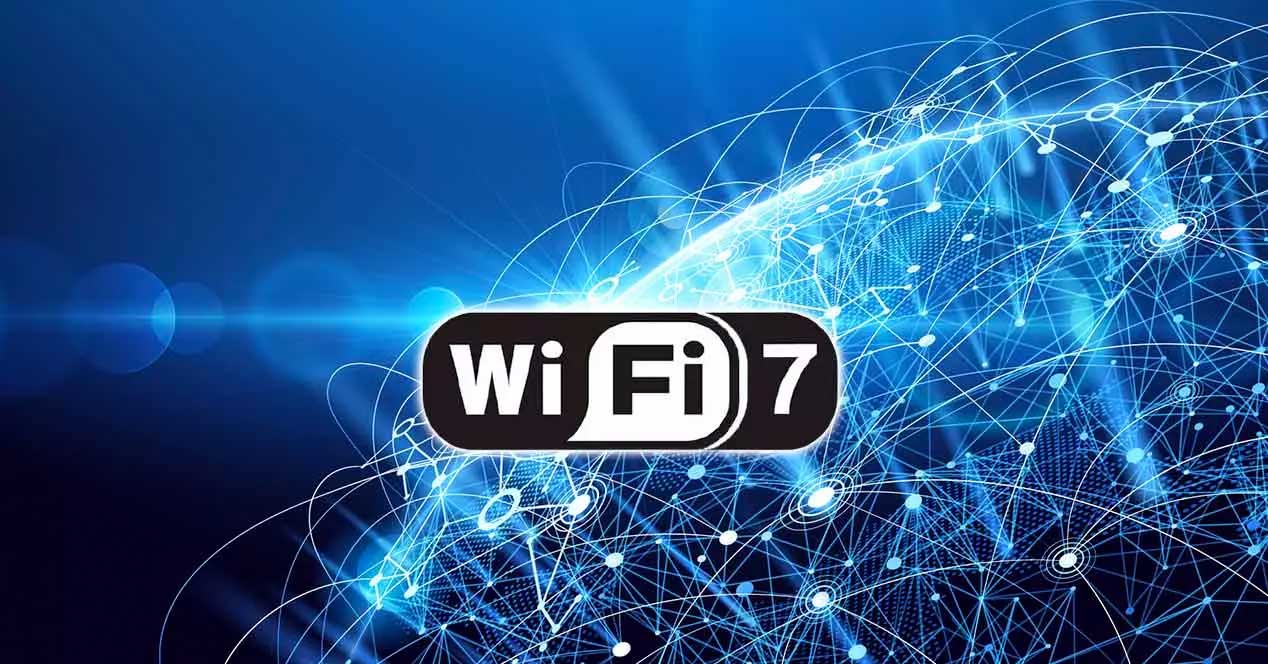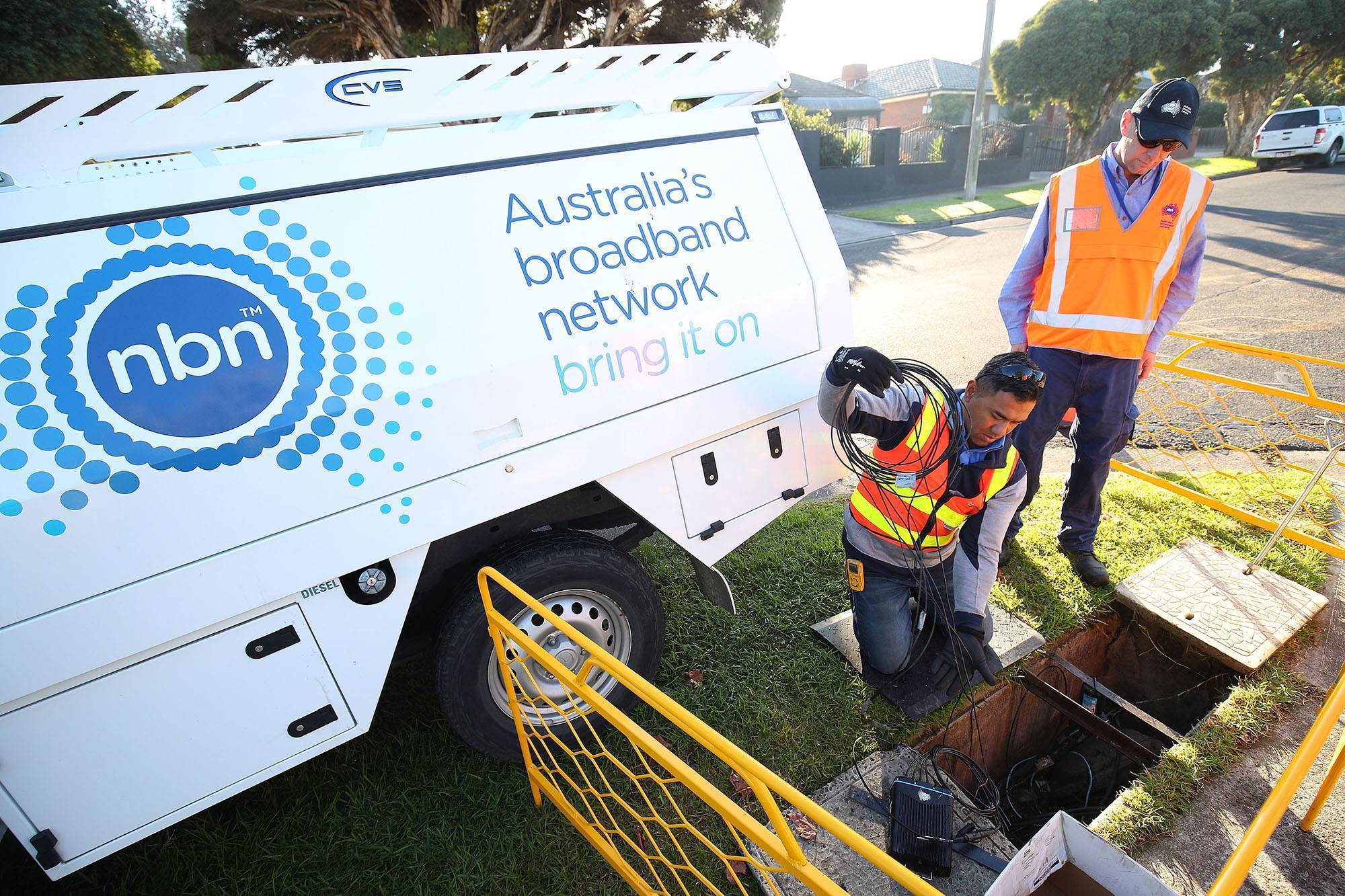You're on top of the latest Wi-Fi trends. Wi-Fi 7 is the next big thing in wireless networking, promising even faster speeds and better performance than Wi-Fi 6. Here's a comparison to help you understand the key differences.
Wi-Fi 6 (802.11ax)
- Maximum speed: 9.6 Gbps (theoretical)
- Frequency bands: 2.4 GHz, 5 GHz, 6 GHz (with Wi-Fi 6E)
- Channel width: Up to 160 MHz
- Modulation: 1024-QAM
- Key features:
- OFDMA (Orthogonal Frequency-Division Multiple Access): Improved efficiency for multiple devices.
- MU-MIMO (Multi-User, Multiple-Input, Multiple-Output): Allows the router to communicate with multiple devices simultaneously.
- Target Wake Time (TWT): Helps devices save power by scheduling wake-up times.
Wi-Fi 7 (802.11be)
- Maximum speed: 46 Gbps (theoretical)
- Frequency bands: 2.4 GHz, 5 GHz, 6 GHz
- Channel width: Up to 320 MHz
- Modulation: 4096-QAM
- Key features:
- Multi-Link Operation (MLO): Allows devices to connect to multiple bands simultaneously, improving speed and reliability.
- Wider channels: Supports wider 320 MHz channels, doubling the bandwidth of Wi-Fi 6.
- Higher data density: Uses 4096-QAM modulation, allowing for more data to be transmitted per signal.
- Improved MU-MIMO: Enhanced MU-MIMO for even better performance in multi-user environments.
- Lower latency: Designed for even lower latency than Wi-Fi 6.

Summary
Wi-Fi 7 is the clear winner in terms of speed, efficiency, and overall performance. However, it's still
very new, and devices that support it are just starting to become available.
Choose Wi-Fi 6 if: You need a reliable and fast Wi-Fi connection now and don't want to wait for Wi-Fi 7
devices to become more widely available.
Choose Wi-Fi 7 if: You want the absolute latest technology and are willing to pay a premium for it. It's
ideal for future-proofing and demanding applications like high-resolution video streaming, online gaming,
and virtual reality.
Things to keep in mind:
The maximum speeds are theoretical. Actual speeds will depend on various factors like your internet plan,
distance from the router, and interference.
You'll need Wi-Fi 7-compatible devices to take full advantage of its features. Wi-Fi 7 routers and devices
are currently more expensive than Wi-Fi 6.



